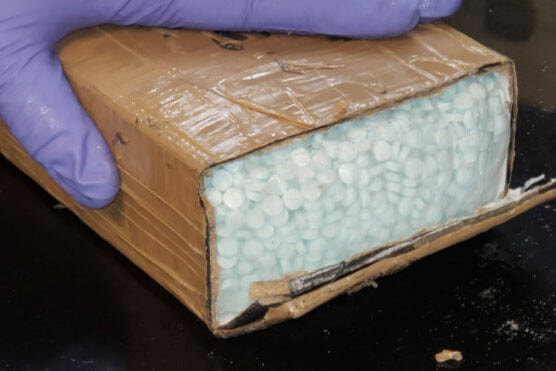In January of this year 211 people died of drug overdoses in British Columbia.
What the opioid crisis has cost our communities is incalculable.
It’s cost money, it’s cost safety (both physically and in our community’s sense of it), it’s cost futures, and it’s cost lives. Lives that have been reduced to a pale meaning of that word as people suffer under addiction’s yoke, and lives that have ended in death — almost seven every day in January. Most of those dying are men between 30 and 59 years old. And then there are the lives of the loved ones of people suffering from addictions that are also forever changed.
The drug crisis informs so many of our other social ills, such as homelessness and crime. So some say, why not just lock people up?
If throwing people in jail worked, the war on drugs would have been long won. Suggestions that we backslide into this stunningly ineffective policy are either ill-informed or disingenuous.
Which isn’t to say we don’t need to tackle the criminality surrounding the drug crisis, like shutting down drug houses in our communities, as police did in Cowichan recently (nobody thinks drug dealers shouldn’t be treated like the criminal predators they are).
This particular bust was in response to Cowichan Tribes declaring a local state of emergency in December due to drug issues. A First Nation in the Yukon likewise declared a state of emergency last week.
Clearly this is a public health problem that’s not going away anytime soon. There’s a lot more to it, and so there’s no easy answer to fix it, though increasing treatment and safe supply are certainly critical pieces (cut the drug dealers out of the equation, please).
So is early intervention so that people likely to slide into addiction don’t get there in the first place. Right now we spend so much time triaging that this essential piece often gets lost.
We are slowly implementing policies and programs that move towards something like Portugal’s incredibly successful model, which is better than nothing, but still far short of what’s needed, even as drugs get more and more powerful and toxic.
There’s an estimated 80,000 people in the province with an opioid problem, while thousands of others are hooked on other drugs — other drugs that are now frequently mixed with fentanyl.
What’s clear is that we must continue to invest in getting people well. Our communities can’t afford not to.
